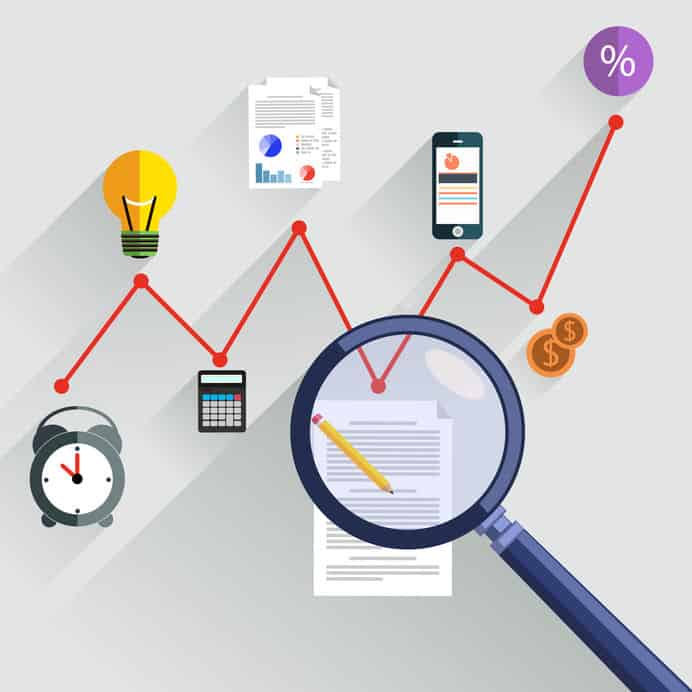

When performing the solution evaluation, the business analyst assesses the solution in terms of value it brings to the organisation. The part of the work is, also, identifying potential constraints that limit the value and removing them. Similar to the strategy analysis and requirements analysis in methods and procedure, solution evaluation differs from these two knowledge areas in the fact that the solution evaluated here actually exists. It’s not necessarily the complete solution, but still the solution that is implemented and already in use to some extent. Solutions can be evaluated in different phases of development: as prototypes, proofs, or concepts, as pilot or beta releases, or as operational releases. The evaluation is done through performance assessments, experiments, tests and can be both objective and subjective.
Solution evaluation applies all six of the Business Analysis Core Concept Model (BACCM) . As they evaluate solutions, business analysts recommend changes that will maximise the value of the solution and improve its performance so it can satisfy the organisational needs. The information on the solution’s performance is mainly obtained by eliciting it from stakeholders. The BABOK lists five tasks to be performed for this knowledge area: Measure Solution Performance, Analyse Performance Measures, Assess Solution Limitations, Assess Enterprise Limitations, and Recommend Action to Increase Solution Value.
The guidelines and tools that business analysts use while performing this task are change strategy, future state description, validated requirements, and solution scope. The BABOK recommended techniques for measuring solution performance are:
The stakeholders of interest to the business analyst for performing this task are customer, domain subject matter expert, end-user, project manager. sponsor, and regulator.

Analysing performance measures involves examining the performance of a solution in order to determine the value of that solution for the organisation and to see if it satisfies the stakeholders’ needs.
This process further includes interpreting the measures established in the previous task (Measure solution Performance) to make them actionable and meaningful to the stakeholders. To perform performance measure analysis, the business analyst must first gain a full understanding of the goals and values expected by the stakeholders. Other factors to consider during the analysis are KPIs, solution risk levels, and organisation risk tolerance.
Performance measures analysis requires two key inputs: the potential value that will be achieved upon implementing the future state and solution performance measures to obtain information solution’s performance. The expected output is the solution performance analysis which also includes recommendations for solving performance gaps and maximising value through leveraging opportunities.
The key elements of performance measures analysis are:
The guidelines and tools that can be used for this task are change strategy, future state description, risk analysis results, and solution scope. The most commonly used techniques are:
The primary stakeholders for performance measures analysis are domain subject expert, project manager, and sponsor.
During the assessment of solution limitations, the business analyst examines issues related to the solutions that can negatively impact the value cause solutions not to meed the stakeholders’ needs. This assessment should discover the root causes that are the reasons for the poor performance of the solutions and solution components.
If this is the case, the business analyst examines which internal factors have caused the loss of value. There is not a set time for performing this task, it can be performed at any point of the solution life cycle no matter if the solution is still in development or completed and put to use.
The primary inputs for the assessment of solutions limitations are external implemented solutions that already exist (no matter if it’s already operational) and solution performance analysis which also includes recommendations for solving performance gaps and maximising value through leveraging opportunities. The output of solution limitations assessment is solution limitation which describes the solution limitations currently present.
The elements of this task, as listed in the BABOK, are:
The helpful guidelines and tools for the performance of this task are change strategy, risk analysis results, and solution scope. The techniques that will most likely put to use are:
Stakeholders of importance for assessing solutions limitations are customer, domain subject expert, end-user, regulator, sponsor, and tester.
While the assessment of solutions limitations investigates internal factors drive the loss of value solution brings, the enterprise limitations assessment examines external factors that limit the realisation of value. The object of this task is any issue outside the scope of the solution itself that prevents it from satisfying the organisational needs.
Solutions often depend and interact with other solutions across different departments and organisational sectors and also can depend on factors that are beyond the control of the enterprise. This can include a range of external influences such as culture, technical components, operations, or stakeholders’ interests. By assessing these limitations, the business analyst identifies the root causes of these issues. Similar to assessing solutions limitation, this assessment can be performed at any moment of the solution life cycle.
The inputs for this task are current state description, external implemented (or constructed) solution that exists but is not necessarily put to use, and solution performance analysis as a result of analysing performance measures. The desired output of enterprise limitations assessment is the enterprise limitation which also describes how the performance of the solution impacts the organisation.
The enterprise limitations assessment includes the following elements:
The guidelines and tools usually used during this task are business objectives, change strategy, future state descriptions, risk analysis results, and solution scope. The business analysis techniques to use as recommended by BABOK are:
The key stakeholders at this stage of the project are customer, domain subject expert, end-user, regulator, and sponsor.